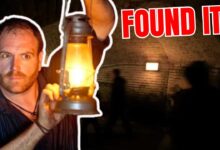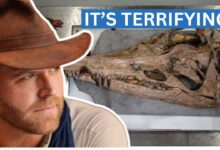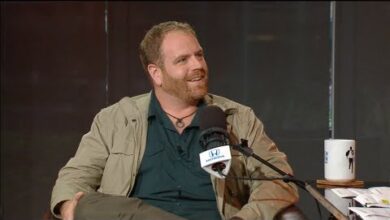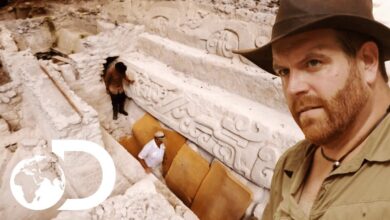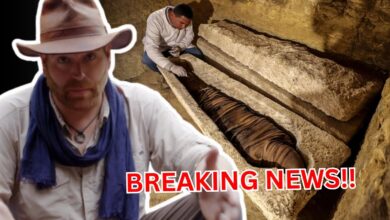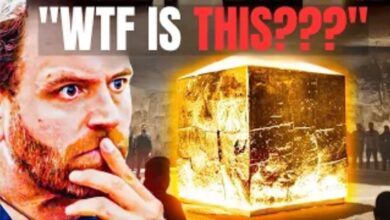Josh Gates Unearths Treasures of Africa’s Atlantis | Expedition Unknown | Discovery
Josh Gates Unearths Treasures of Africa’s Atlantis | Expedition Unknown | Discovery

Is that stone?
It’s stone, really fine.
Stone, beautiful stone, not local stone.
This looks like something that would line a doorway on a remote beach off the coast of a Tanzanian island.
I’m exploring a treasure trove of ancient artifacts from what I hope is Africa’s sunken city of Rapta, and this one is jaw-dropping.
This looks like an architectural element.
This is the nicest stone that we have seen.
This is about maybe a belief system or cultural tradition.
This is going to tell us not just the fact someone was here, but who was here.
Right? Beautiful.
That is incredible.
The low tide continues to reveal treasures, many dating to around the 8th century when Rapta vanished off the map.
Oh hey, guys, got something!
Yeah, check this out!
What do you have?
More pottery.
It’s more pottery, but it’s early.
This is probably a little juglet.
The bottom is worn out, and I’d push it into the Islamic period, maybe the 6th century, which is pretty amazing.
The 6th century would put us within just a few centuries of Rapta.
The earliest known pottery from this area is the 8th century.
That’s the absolute earliest until a few seconds ago.
Until a few seconds ago, we’re turning back the clock here.
Definitely.
Yeah, let’s keep turning.
The objects buried on this beach are snapshots from across cultures and centuries.
I’m absolutely stunned, especially by this.
I’m sorry, I keep picking up things that are really cool.
Is this of interest?
It’s Chinese.
It is Chinese. Yes, it actually is Chinese.
Look at that pattern. It’s beautiful.
This is so different than any other pottery that we’ve seen.
This is very, very finely made, and then the glaze is just beautiful.
It covers the whole thing.
It is stunning.
But if this was the story of a trading outpost, where’s the town itself?
The answer may be just up the beach.
Wow, what is this?
Is it a tower?
Tower foundations?
Yeah, but something locked the top of it.
I just noticed something.
Look, you see what I’m seeing?
A layer of articulated shells.
The killer just left its signature right here.
So when you see a line of shells like that, it says what?
Tsunami. Big storm.
So one of those waves that comes crashing in, it pushes everything that way, and then it has this trail of shells and marine life with it.
And it gets deposited, and then all the heavy stuff on top of it gets pulled back out to sea.
Well, there’s a theory that Rapta was destroyed by a tsunami, and we might be looking at a tsunami fingerprint.
That is one of the biggest discoveries we have made here.
This layer of shells is a monumental find.
It hints at a story—one of destruction, perhaps, of a thriving Roman trade emporium.
After all, literally at our feet, we’ve just made a dizzying array of finds.

